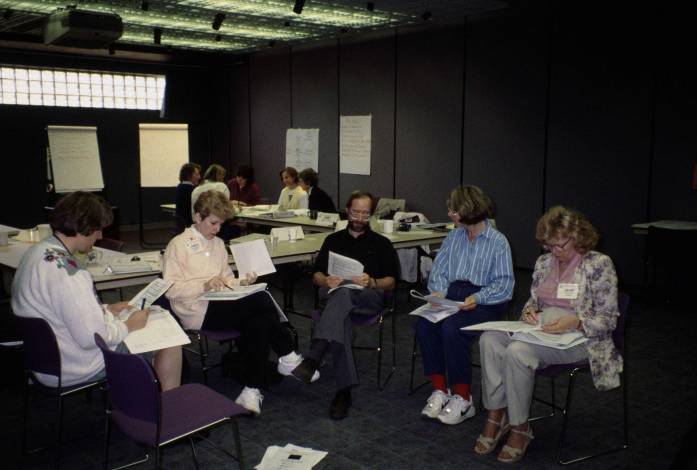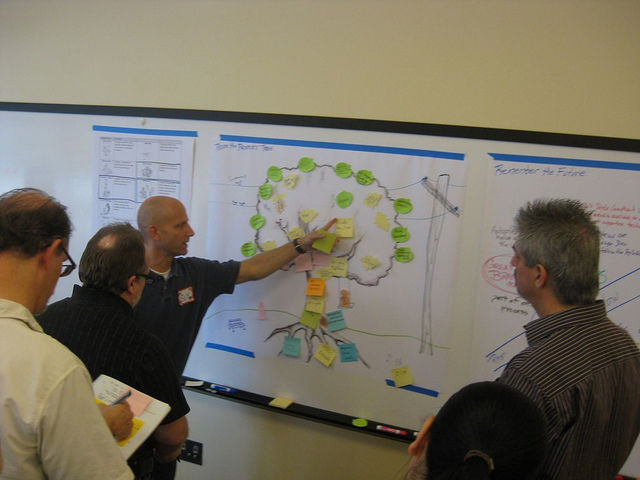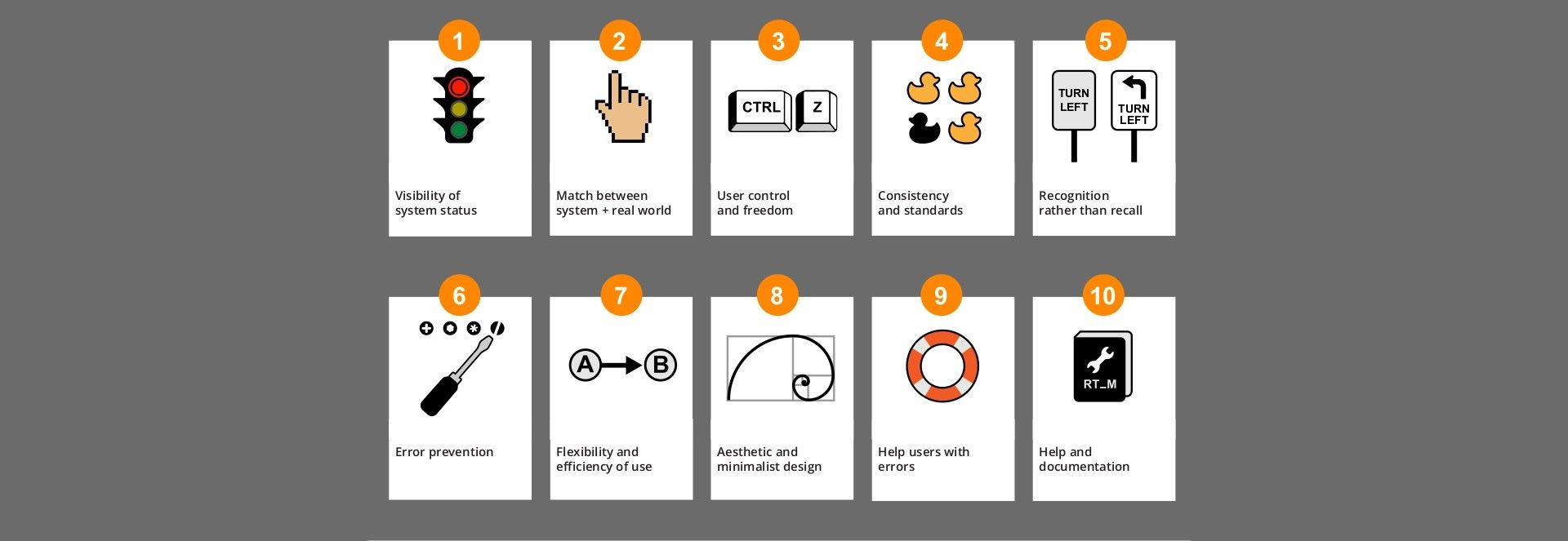If you’re looking to use expert reviews to validate your user research then you’ll need to pay close attention to the design of your reviews. Why? Mainly because an expert isn’t always an expert (there’s a tendency to assume that expertise in one area becomes expertise in other areas) and even when they are an expert – there’s the potential to miss things because we’re all human.
The best expert review process thus brings together a group of experts and allows them to work together to conduct that review. Let’s look at a process that might help you do just that:
The Group Expert Review Process (Part 1)
The second part of this review process will be published tomorrow on the UX Daily; so please don’t miss that as it will make a difference to the effectiveness of your work:
Select a Group
The ideal group will contain some usability professionals and some domain experts. Depending on the scale of the project this may be as few as 3 people in total or as many as 12. If you use more than 12 you run the risk of people’s contributions being lost in the mix, fewer than 3 and you’re moving back to relying on too little input for a thorough review.

Try to mix up the experience levels of your reviewers too. Someone with little familiarity with the field will often pinpoint a range of different issues when compared to someone with huge amounts of experience.
Set Up the Review for Ease of Use and To Capture As Much Data as Possible
That means preparing the space that you will conduct the review in. Make certain that everyone can be accommodated; this can be straightforward if everyone will be physically present but today there may be remote participants too – how will you make certain that they feel they can contribute?

Author/Copyright holder: Press Books. Copyright terms and licence: All rights reserved Img source
Ensure that each participant has access to the heuristics being tested and the room and facilities to make notes. Make certain there’s a facilitator on hand and someone who can capture vital output on a whiteboard – which should be visible to all participants (including the remote participants).
Warm Up Before You Begin
It’s helpful to get the participants talking to each other and to feel comfortable talking to the group before you get started. Use a classic introduction exercise (get everyone to tell the group about how they are and why they’re there but keep it short) or mix it up a little (get everyone to introduce another member of the group – it takes a little longer but does break down any reluctance to get involved better).
Define and Explain UX and Heuristics

Author/Copyright holder: David Koontz. Copyright terms and licence: CC BY-SA 2.0 .
Don’t take it as read that every participant will be familiar with every term you use – explain them and make certain that you answer any questions that the group has before starting the review… which is where we will pick up tomorrow. See you then.
Header Image: Author/Copyright holder: Elida Arrizza. Copyright terms and licence: All rights reserved. Img











